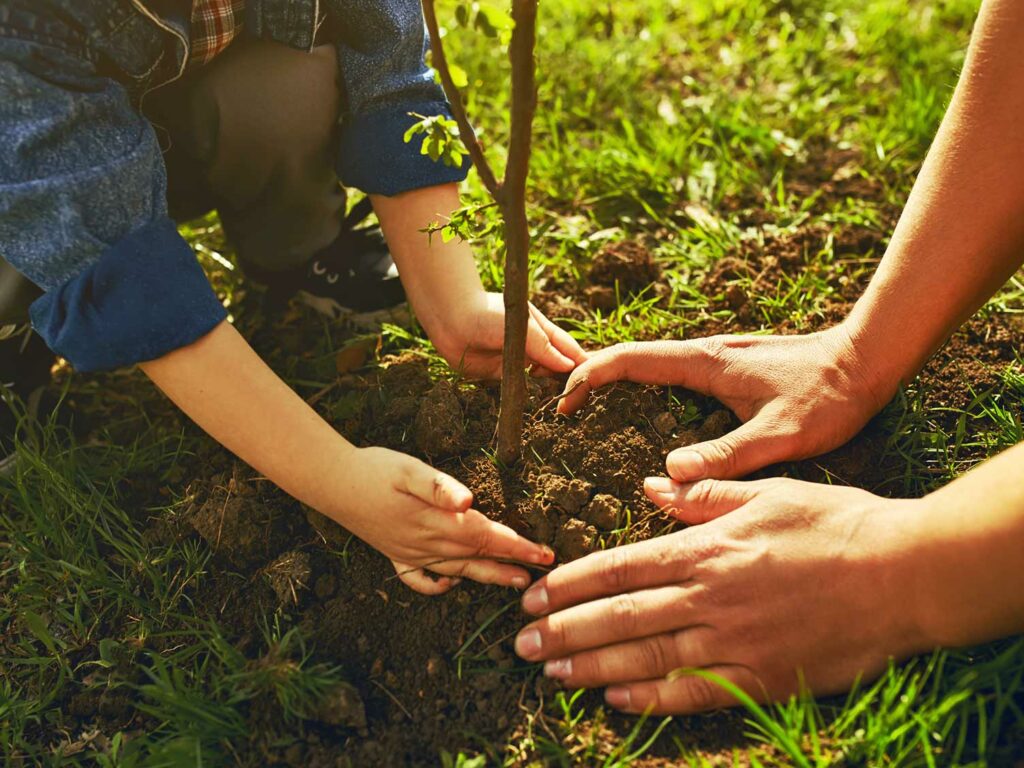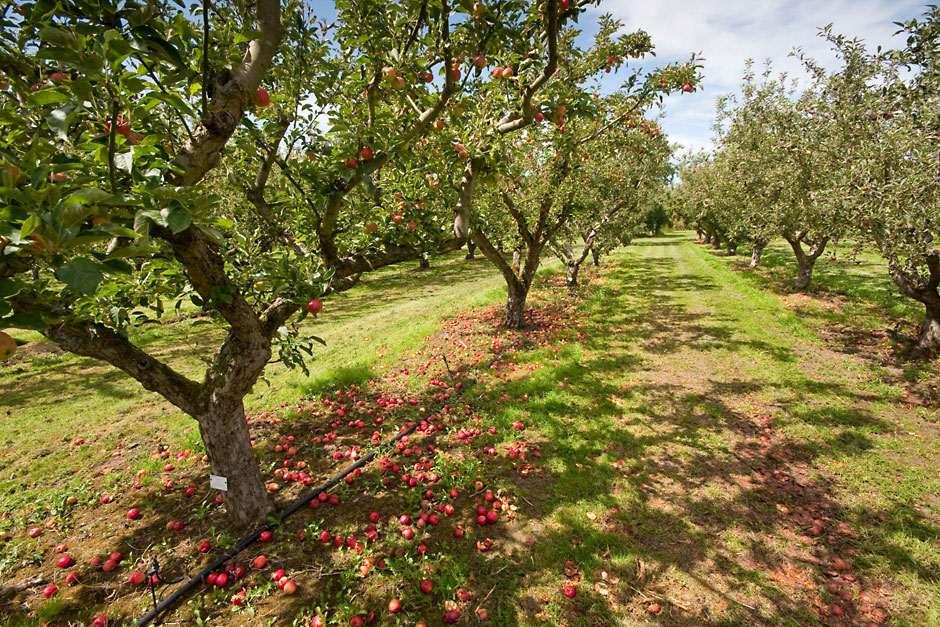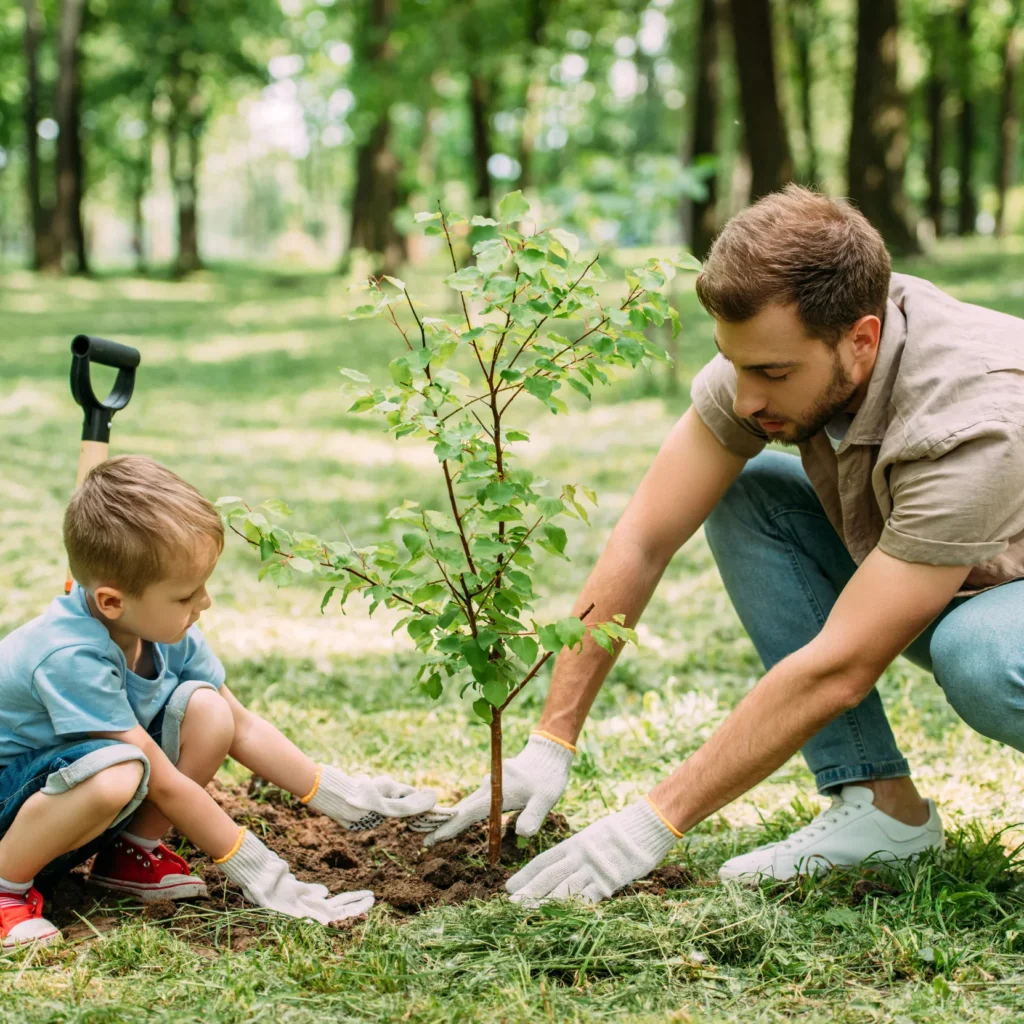Introduction to Tree Planting guide UK
Tree planting has become increasingly important in the UK due to its environmental benefits and the need to counteract climate change. Planting trees helps reduce carbon dioxide in the atmosphere, improves biodiversity, and even enhances mental well-being by creating greener spaces. With the UK government aiming to plant millions of trees over the coming decades, it’s clear that tree planting is more than just a hobby—it’s a critical step toward a healthier planet.
Why Tree Planting is Crucial in the UK
The UK is striving to meet its environmental goals, and tree planting plays a major role. Trees function as natural carbon absorbers, taking in CO2 from the air and emitting oxygen in return. Furthermore, trees provide habitats for wildlife, reduce flood risks, and can even cool urban areas during the summer months. Whether you’re planting a single tree in your backyard or joining a community project, your contribution can make a huge difference.
Choosing the Right Tree for the UK Climate
Understanding the UK Climate Zones
Before selecting a tree, it’s important to understand the UK’s diverse climate zones. The UK has temperate weather, but it varies from region to region. Some areas experience more rain, while others may have drier, windier conditions. Your local climate will dictate which trees will thrive, so it’s vital to pick species suited to your area.
Native vs. Non-Native Species
Choosing between native and non-native tree species is essential. Native species like oak, beech, and rowan are well adapted to the UK climate and support local ecosystems. Non-native trees, while often beautiful, can sometimes struggle to adapt or even become invasive, disrupting local wildlife.

Popular Tree Species to Plant in the UK
Some of the most popular trees for planting in the UK include:
Oak: A majestic tree supporting hundreds of species.
Rowan: Known for its berries and appeal to birds.
Silver Birch: A fast-growing species suitable for most gardens.
Yew: Ideal for hedging and privacy.
Hawthorn: Great for hedges and attracting pollinators.
What is the ideal season for planting trees in the UK?
Ideal Planting Seasons
In the UK, the best time to plant trees is during the dormant season, typically from November to March. During this period, trees are less likely to experience transplant shock, and the cool, moist soil encourages root growth.
Why Autumn is Often the Best Time
Many experts agree that autumn is the ideal time for tree planting. The soil is still warm from the summer, which helps roots establish before winter sets in. Plus, autumn planting gives trees a head start for the following spring.
Understanding Soil Types for Tree Planting
How to Determine Your Soil Type
Soil type is crucial for the success of your tree planting efforts. You can perform a simple soil test by checking if the soil is sandy, clay, or loamy. Loamy soil is ideal for most trees, while clay can be too compacted, and sandy soils may drain too quickly.
Soil Preparation Tips for Healthy Tree Growth
Before planting, loosen the soil to ensure good drainage and root penetration. Adding compost or organic matter can improve soil structure, especially in clay or sandy soils, providing your tree with the best possible start.
Guidelines for Selecting the Ideal Site for Planting Trees
Spacing Considerations
Trees need plenty of space to grow, so be mindful of their mature size. Avoid planting too close to buildings or other trees, and ensure there’s enough space for the roots to spread.
Step-by-Step Tree Planting Process
Preparing the Planting Site
Clear the area of weeds and debris.
Dig a hole about twice the width of the tree’s root ball and the same depth.
Positioning and Planting the Tree
Place the tree in the hole, ensuring the root flare (where the trunk meets the roots) is just above ground level.
Backfill with soil, pressing down gently to eliminate air pockets.
Watering and Mulching Tips
Water the tree thoroughly after planting.
Add a layer of mulch around the base, leaving space around the trunk to prevent rot.
Tree Care After Planting
Importance of Watering and Feeding
Young trees need regular watering, especially during their first two years. Use a slow, deep watering method to encourage deep root growth.
How to Support Young Trees
Stakes and ties can help support young trees during windy conditions, but ensure they’re not too tight, as this can hinder growth.
Common Problems and Solutions
Watch for signs of stress, like yellowing leaves or wilting, and adjust your watering schedule or consider adding nutrients if necessary.
Tree Protection Against Wildlife and Pests
How to Protect Young Trees from Animals
Deer, rabbits, and other animals can damage young trees. Tree guards or netting can provide protection during the vulnerable early years.
Managing Pests and Diseases
Regularly inspect your trees for signs of pests like aphids or fungal infections. Taking action early can stop these problems from escalating.
Pruning and Maintaining Trees
When and How to Prune Trees
Trimming is essential for preserving the form and vitality of your tree. The best time to prune is during the dormant season, but light trimming can be done during the growing season if necessary.

Long-Term Maintenance Tips
Keep an eye on the tree’s growth, remove any dead or diseased branches, and continue mulching annually to retain moisture and control weeds.
Eco-Friendly Practices for Tree Planting
Using organic compost, collecting rainwater for irrigation, and planting diverse species can all contribute to a healthier ecosystem.
Encouraging Biodiversity in Your Garden or Community
Consider planting a mix of trees, shrubs, and flowers to create a layered habitat that supports a wide range of species.
Tree Planting in Urban Areas
Benefits of Planting Trees in Urban Environments
Urban trees improve air quality, reduce noise pollution, and offer shade, making cities more livable for humans and wildlife alike.
Urban Challenges and Solutions
Space can be limited in urban areas, but selecting smaller tree species or planting in containers can still bring greenery to the cityscape.
